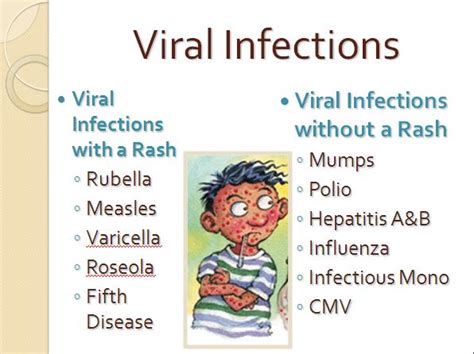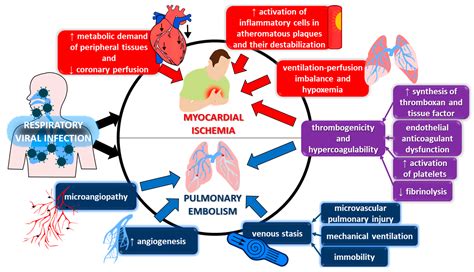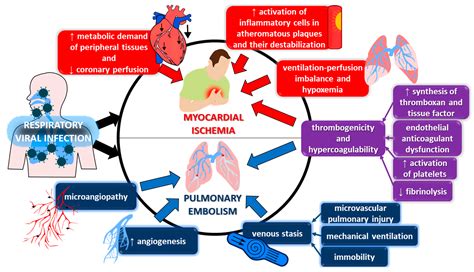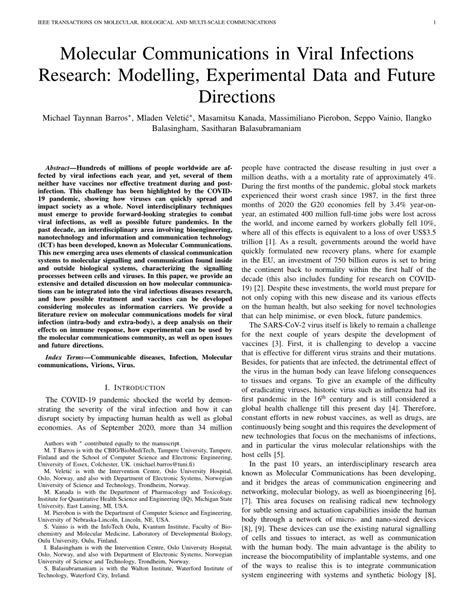Intro
Identify viral infection symptoms, including fever, cough, and fatigue, and learn about common types like flu, COVID-19, and norovirus, to understand diagnosis, treatment, and prevention methods for these contagious illnesses.
The world of viral infections is complex and fascinating, with new strains and outbreaks emerging regularly. Understanding the symptoms of viral infections is crucial for early detection, treatment, and prevention of further spread. Viral infections can range from mild to severe, affecting various parts of the body, from the respiratory system to the nervous system. Recognizing the signs and symptoms of viral infections can help individuals seek medical attention promptly, reducing the risk of complications and improving outcomes.
Viral infections are highly contagious and can spread through various means, including airborne transmission, direct contact with infected individuals, and contaminated surfaces. The symptoms of viral infections can vary widely, depending on the type of virus, the affected individual's overall health, and the severity of the infection. Common symptoms of viral infections include fever, headache, fatigue, and body aches, which can be similar to those experienced during bacterial infections or other types of illnesses. However, some viral infections can cause distinctive symptoms, such as rash, sore throat, or gastrointestinal issues, which can aid in diagnosis.
The impact of viral infections on public health cannot be overstated, with outbreaks and epidemics occurring regularly worldwide. The recent COVID-19 pandemic has highlighted the importance of understanding viral infections, their symptoms, and the measures that can be taken to prevent their spread. By educating themselves about viral infection symptoms, individuals can take proactive steps to protect their health and the health of those around them. This knowledge can also help reduce the stigma associated with viral infections, encouraging individuals to seek medical attention without fear of judgment or repercussions.
Types of Viral Infections

Viral infections can be categorized into several types, including respiratory, gastrointestinal, and neurological infections. Respiratory viral infections, such as the common cold and influenza, affect the lungs and airways, causing symptoms like coughing, sneezing, and runny nose. Gastrointestinal viral infections, like norovirus and rotavirus, affect the digestive system, leading to symptoms like diarrhea, vomiting, and abdominal cramps. Neurological viral infections, such as meningitis and encephalitis, affect the brain and nervous system, causing symptoms like headache, fever, and confusion.
Respiratory Viral Infections
Respiratory viral infections are among the most common types of viral infections, affecting millions of people worldwide each year. These infections can range from mild to severe, with some causing significant morbidity and mortality. The symptoms of respiratory viral infections can vary, depending on the type of virus and the affected individual's overall health. Common symptoms include coughing, sneezing, runny nose, and sore throat, which can be similar to those experienced during bacterial infections or other types of illnesses.Symptoms of Viral Infections

The symptoms of viral infections can vary widely, depending on the type of virus, the affected individual's overall health, and the severity of the infection. Common symptoms of viral infections include:
- Fever
- Headache
- Fatigue
- Body aches
- Rash
- Sore throat
- Gastrointestinal issues, like diarrhea and vomiting
- Respiratory issues, like coughing and sneezing These symptoms can be similar to those experienced during bacterial infections or other types of illnesses, making diagnosis challenging. However, some viral infections can cause distinctive symptoms, which can aid in diagnosis.
Diagnosis of Viral Infections
Diagnosing viral infections can be challenging, as the symptoms can be similar to those experienced during bacterial infections or other types of illnesses. Healthcare professionals use various diagnostic tests, including physical examinations, medical histories, and laboratory tests, to diagnose viral infections. Laboratory tests, such as PCR (polymerase chain reaction) and serology, can help identify the presence of viral genetic material or antibodies in the body. These tests can aid in diagnosis, guiding treatment and management of the infection.Treatment and Management of Viral Infections

The treatment and management of viral infections depend on the type of virus, the severity of the infection, and the affected individual's overall health. While there are no specific treatments for many viral infections, healthcare professionals can provide supportive care to alleviate symptoms and reduce the risk of complications. Supportive care may include:
- Rest and hydration
- Over-the-counter medications, like pain relievers and antipyretics
- Antiviral medications, like oseltamivir and zanamivir, for specific viral infections
- Hospitalization, in severe cases, to provide close monitoring and supportive care
Prevention of Viral Infections
Preventing viral infections is crucial, as it can reduce the risk of transmission and protect public health. Individuals can take several steps to prevent viral infections, including: * Practicing good hygiene, like handwashing and avoiding close contact with infected individuals * Getting vaccinated against specific viral infections, like influenza and human papillomavirus (HPV) * Avoiding sharing personal items, like utensils and drinking glasses * Staying home when sick, to reduce the risk of transmissionComplications of Viral Infections

Viral infections can lead to several complications, depending on the type of virus, the severity of the infection, and the affected individual's overall health. Complications can range from mild to severe, including:
- Respiratory failure
- Cardiac problems
- Neurological issues, like meningitis and encephalitis
- Gastrointestinal problems, like dehydration and malnutrition
- Secondary bacterial infections, like pneumonia
Public Health Implications of Viral Infections
Viral infections have significant public health implications, as they can spread rapidly and cause significant morbidity and mortality. Outbreaks and epidemics of viral infections, like COVID-19 and Ebola, have highlighted the importance of global surveillance, preparedness, and response. Public health measures, like vaccination, contact tracing, and quarantine, can help reduce the spread of viral infections and protect public health.Future Directions in Viral Infection Research

Research on viral infections is ongoing, with scientists exploring new diagnostic tests, treatments, and prevention strategies. Future directions in viral infection research include:
- Developing new antiviral medications and vaccines
- Improving diagnostic tests, like PCR and serology
- Understanding the mechanisms of viral transmission and pathogenesis
- Developing personalized medicine approaches to viral infection treatment and management
Conclusion and Final Thoughts
In conclusion, understanding viral infection symptoms is crucial for early detection, treatment, and prevention of further spread. By recognizing the signs and symptoms of viral infections, individuals can take proactive steps to protect their health and the health of those around them. As research continues to advance our understanding of viral infections, it is essential to stay informed and take steps to prevent the spread of these infections. We invite readers to share their thoughts and experiences with viral infections, and to take action to protect their health and the health of their communities.What are the most common symptoms of viral infections?
+The most common symptoms of viral infections include fever, headache, fatigue, and body aches. However, the symptoms can vary widely, depending on the type of virus and the affected individual's overall health.
How can I prevent the spread of viral infections?
+Individuals can take several steps to prevent the spread of viral infections, including practicing good hygiene, getting vaccinated against specific viral infections, avoiding sharing personal items, and staying home when sick.
What are the complications of viral infections?
+Viral infections can lead to several complications, depending on the type of virus, the severity of the infection, and the affected individual's overall health. Complications can range from mild to severe, including respiratory failure, cardiac problems, and neurological issues.
